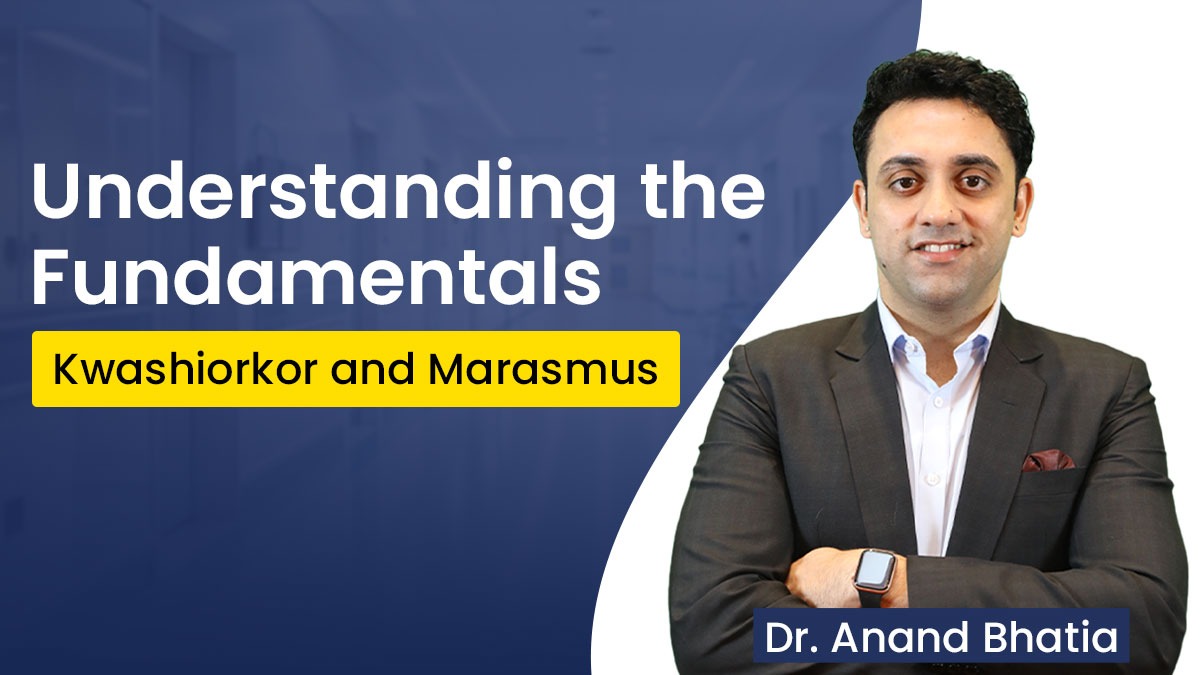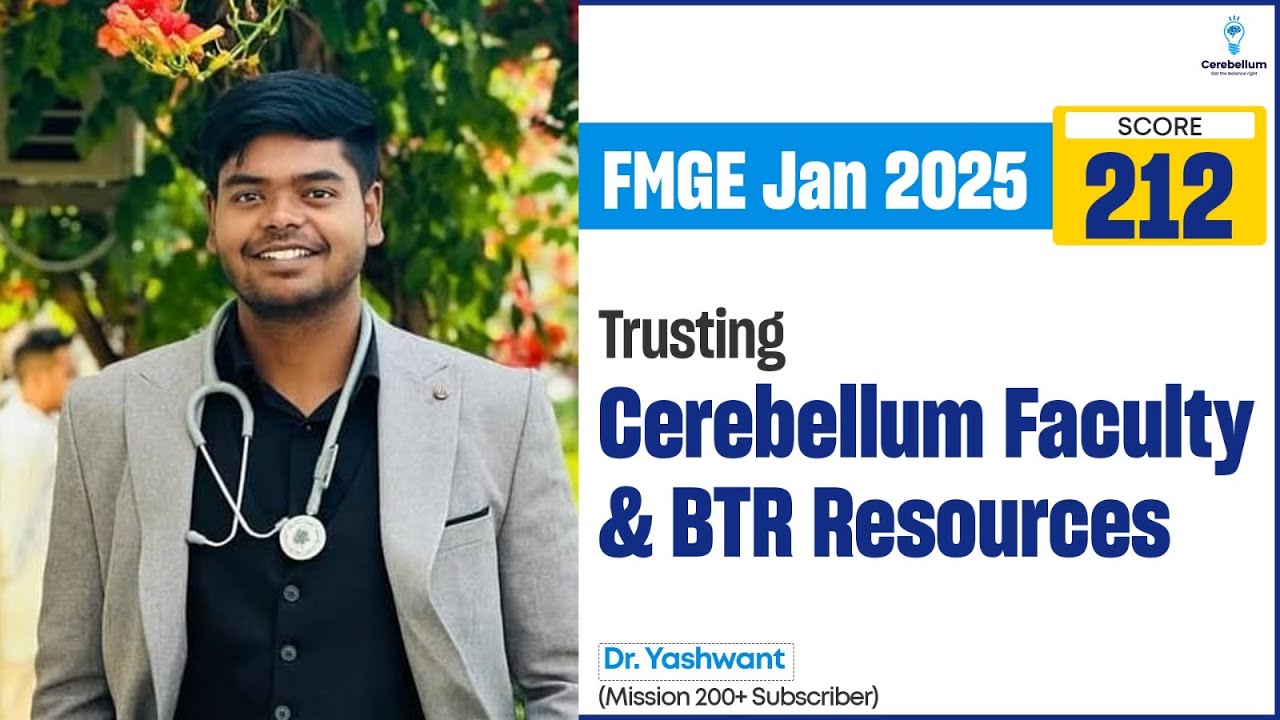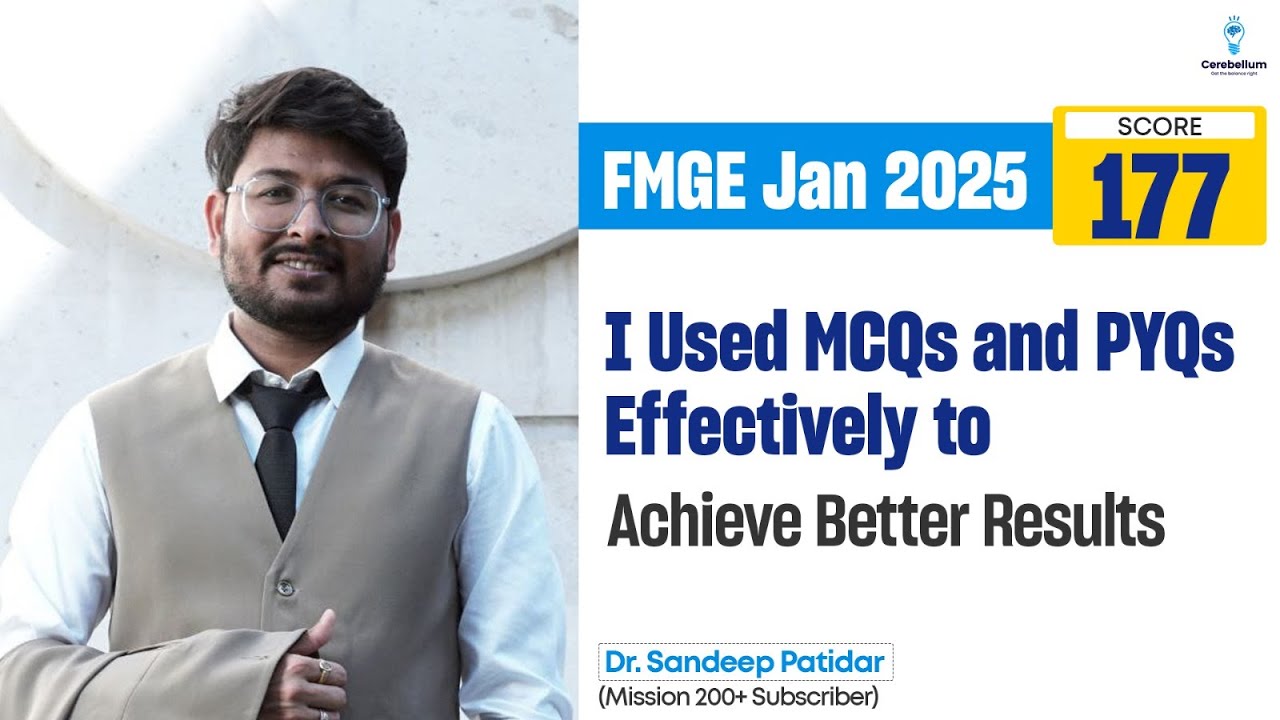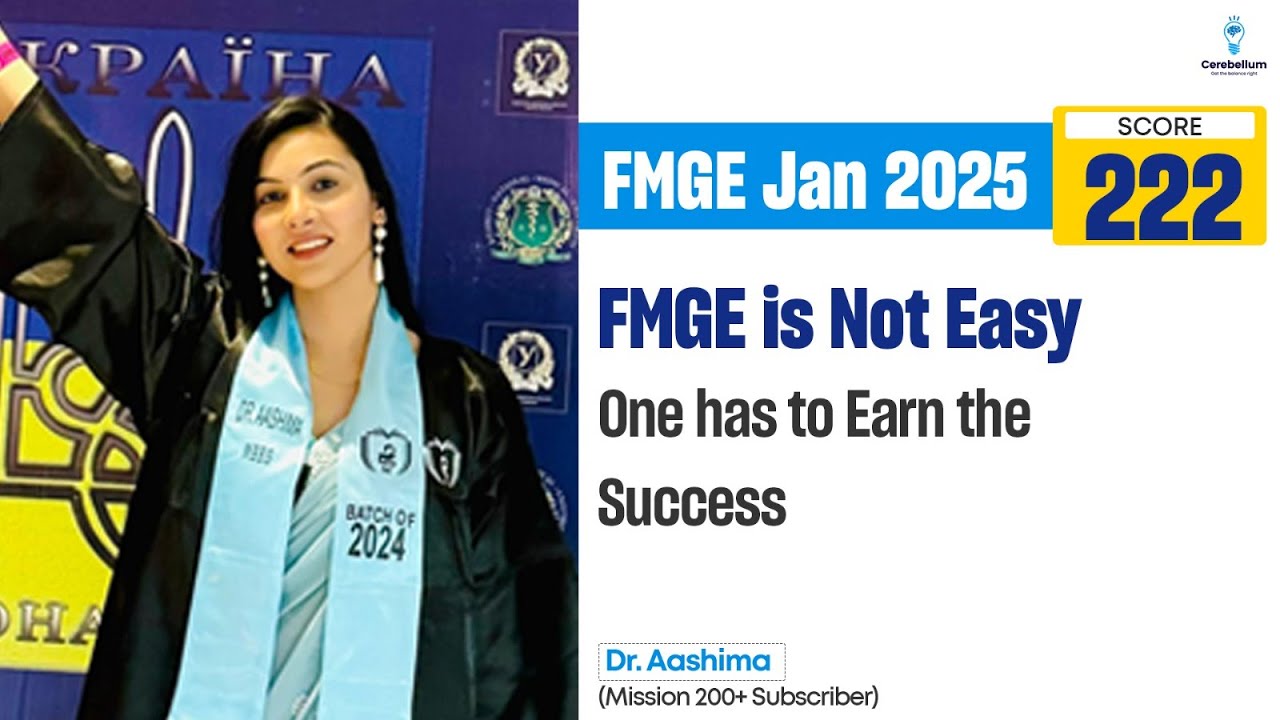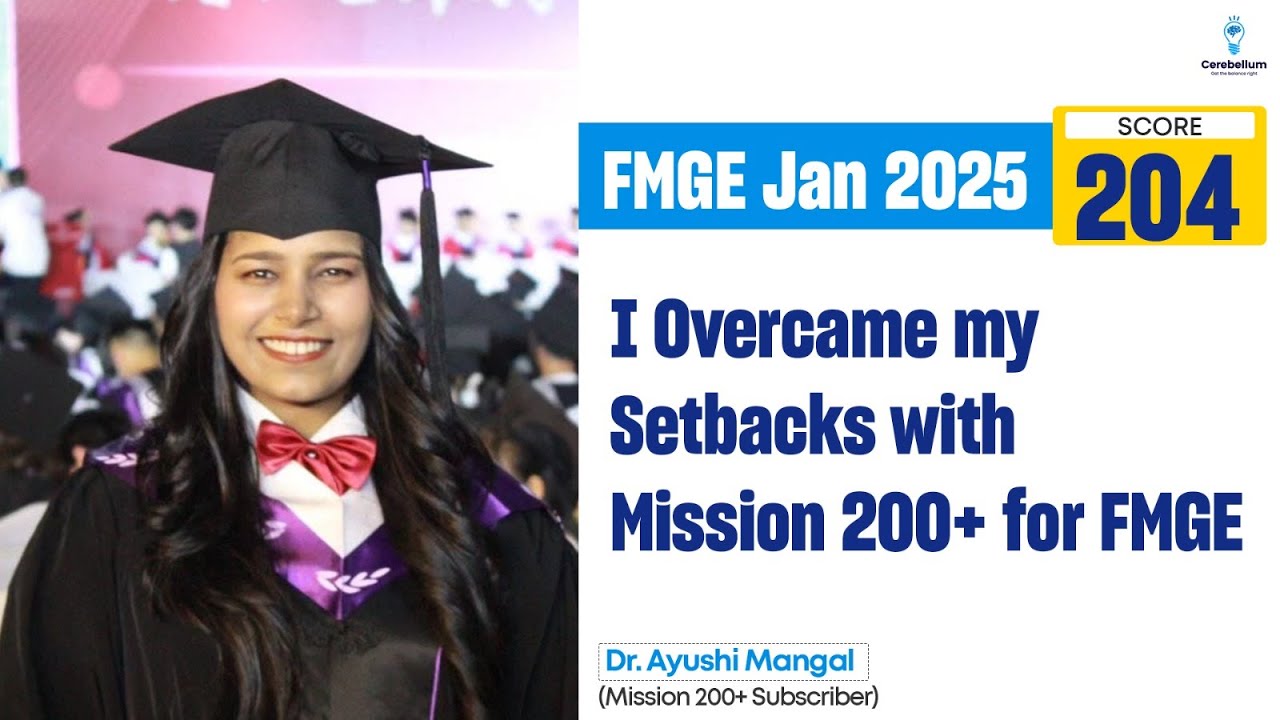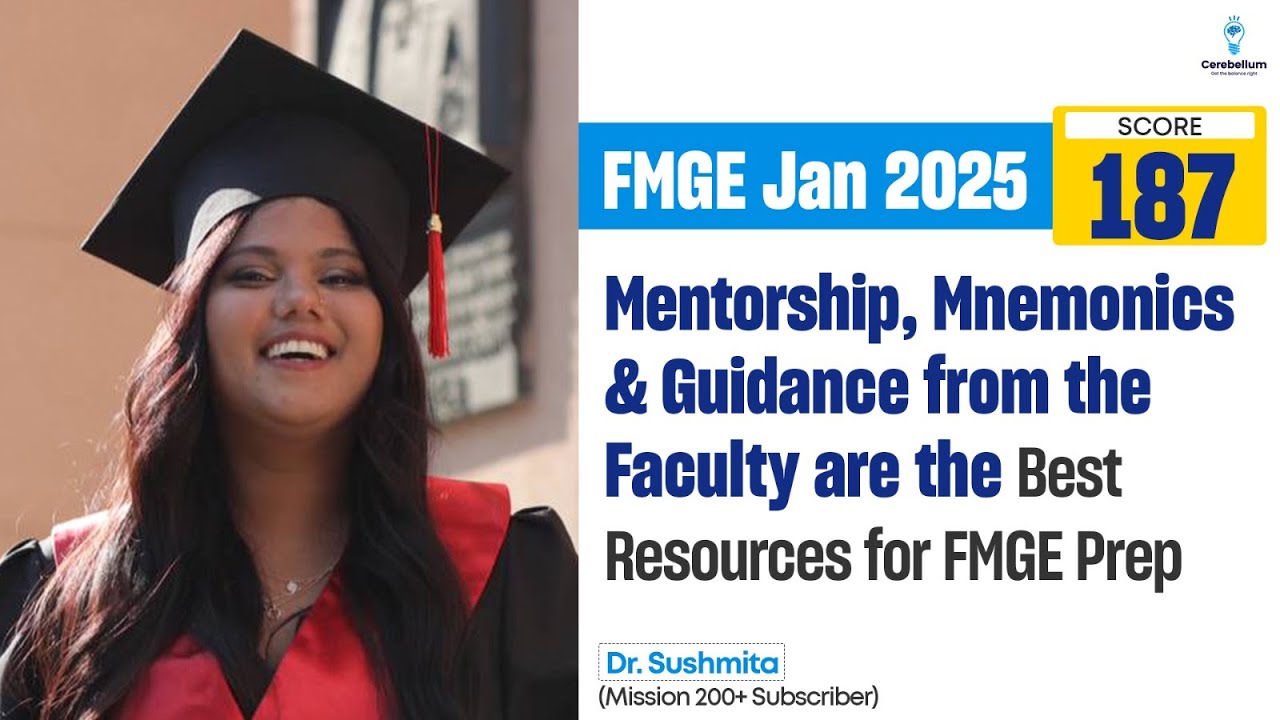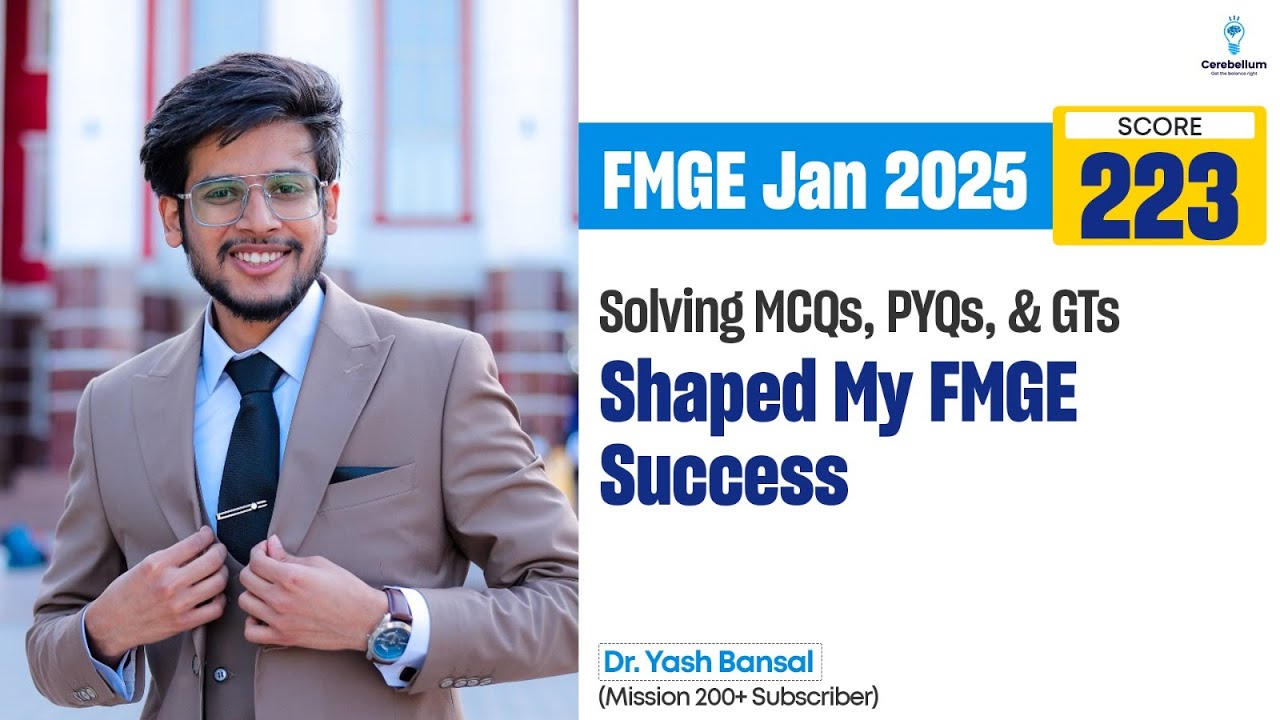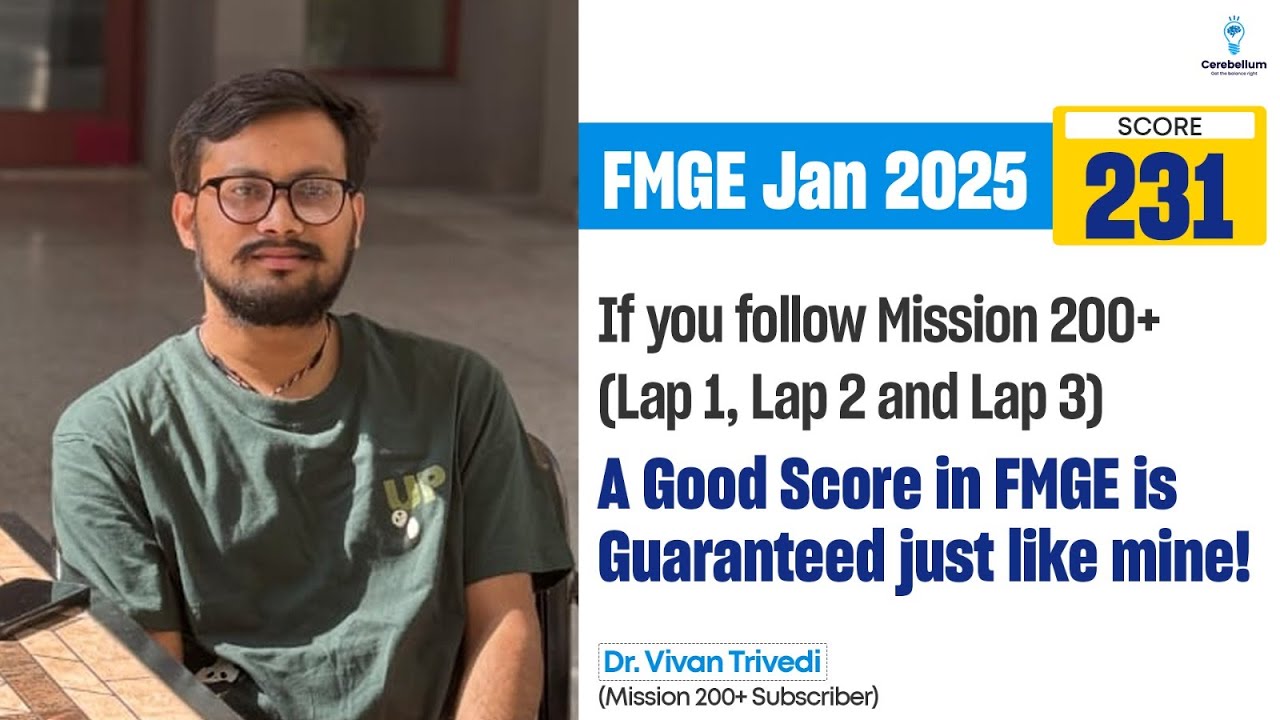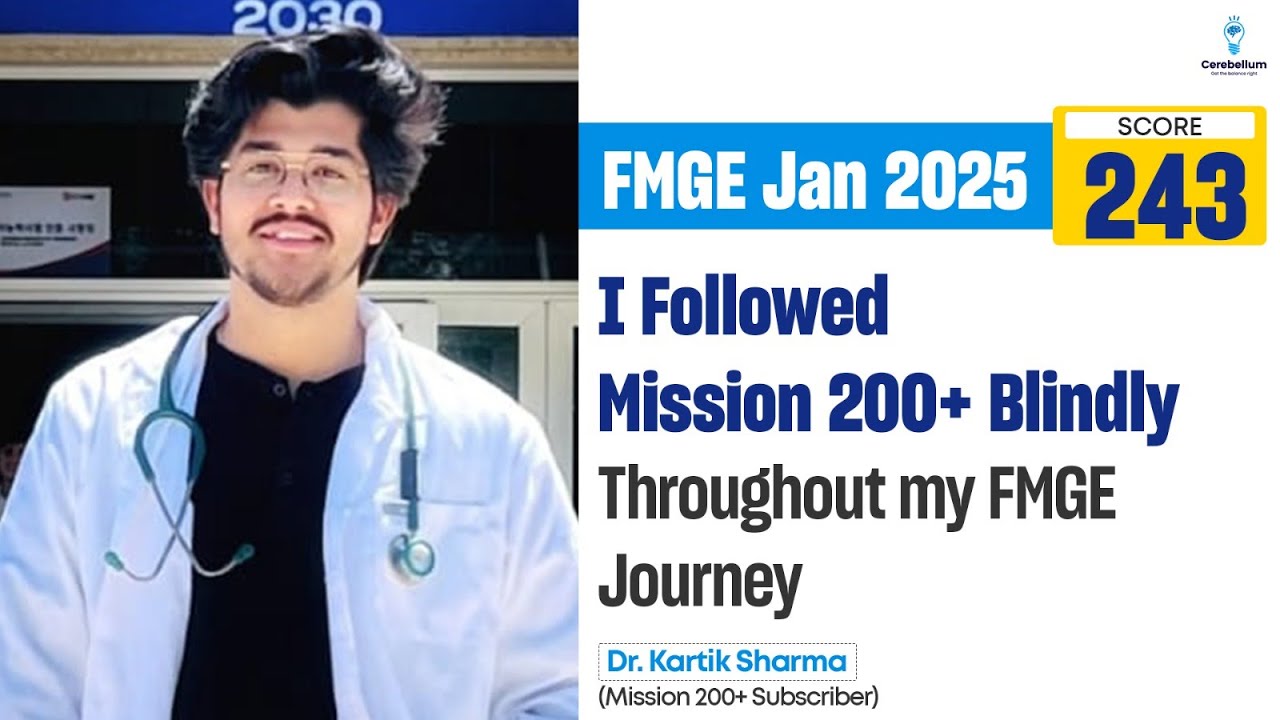Malnutrition is among the biggest challenges in pediatrics in the medical field, particularly in the developing world. Among the key forms of severe protein-energy malnutrition that all residents and medical students should understand are Kwashiorkor and Marasmus.
Both illnesses fall under the category of Severe Acute Malnutrition (SAM), but they differ significantly in their clinical features, aetiology, and outcome. In a brief and concise lecture, Dr Anand Bhatia, an illustrious pediatrician, outlines the Top 5 differentiating factors between Kwashiorkor and Marasmus, so that students not only memorise the subject for exams but also recall it in real-life clinical settings.
Before we come to the main differences, Dr. Anand Bhatia starts with an inspiring quote:
“Work until you feel Dubai is cheap. Work until everything feels easy – financially, physically, and mentally. All you need is a vision.”
With that inspiration, let’s break this crucial Pediatrics subject step by step.
Top 5 Differentiating Points Between Kwashiorkor and Marasmus
1. Physical Appearance – Fatty Baby vs Skinny Baby
A very frequent and exam-worthy question: Which baby is fatty and which one is skinny?
- Kwashiorkor: The fatty baby, with generalised swelling of the body (anasarca) secondary to hypoalbuminemia.
- Marasmus: The skinny baby, with intense muscle wasting and depletion of subcutaneous fat.
Mnemonic: Kwashiorkor = “K for chubby-looking Kid,” Marasmus = “M for Malnourished and thin.”
Also Read: Dr. Naisargi’s Path to NEET PG 2025 Rank 19: The Impact of Cerebellum GTs, MCQs, and BTR Modules
2. Type of Nutritional Deficiency
- Kwashiorkor: Resulted from protein deficiency in the face of sufficient calorie intake.
- Marasmus: Due to a combined deficiency of proteins and calories.
This is a very important differentiating feature which comes up frequently in exams.
3. Appetite Difference – Apathy vs Voracious Appetite
- Kwashiorkor: The child looks fatty but is apathetic – no desire to eat.
- Marasmus: The child is thin and emaciated but has a voracious appetite – eats enthusiastically whenever food is offered.
This difference aids in rapid clinical identification.
4. Prognosis – Good vs Poor
- Kwashiorkor: Although “healthy” in appearance, such babies usually have a poor prognosis – recurrent infections, slow recovery, and increased mortality.
- Marasmus: Even though the baby is weak, the prognosis is somewhat better, with increased immunity and fewer complications.
5. Immunity and Recovery
- Kwashiorkor: Because of significant protein deficiency, the immunity is weakened and hence in slow recovery and recurrent infections.
- Marasmus: The child, although being undernourished, has better immune function and quicker recovery if well managed.
Dr. Bhatia eloquently puts it:
“Always remember – when you learn one, the other is the opposite. That’s the best way to recall these differences.”
A Quick Question for You!
Dr. Anand Bhatia concludes the session with a rapid-fire quiz for students:
“What is the hypoglycemia cutoff in a case of severe acute malnutrition?”
Both Kwashiorkor and Marasmus fall under SAM, so this question is extremely exam- and clinically relevant!.
Click Here to Watch: Kwashiorkor vs Marasmus | Top 5 Differentiating Points | Pediatrics by Dr. Anand Bhatia
👉 Join Cerebellum Academy now and start your NEET PG & Residency preparation!
Final Takeaway
Dr. Anand Bhatia’s session is the perfect mix of concept clarity, motivation, and clinical reasoning. Within a few minutes, he deconstructs one of the most complicated pediatric nutrition concepts into simple-to-understand points that will be remembered by all residents and PG aspirants for life.
Also Read: Live and Recorded Lectures at Cerebellum Academy: A Game-Changer for Aspirants
Learn Smarter with Cerebellum Academy
For more high-yield, concept-driven topics like this, curated by India’s top faculty, subscribe to Cerebellum Academy today.
Get conceptual clarity, exam-focused insights, and complete subject mastery – all in one platform.
Download Cerebellum NEET PG Preparation Android app
Download Cerebellum NEET PG Preparation iOS app
Download Cerebellum NEET PG Preparation iphone app

